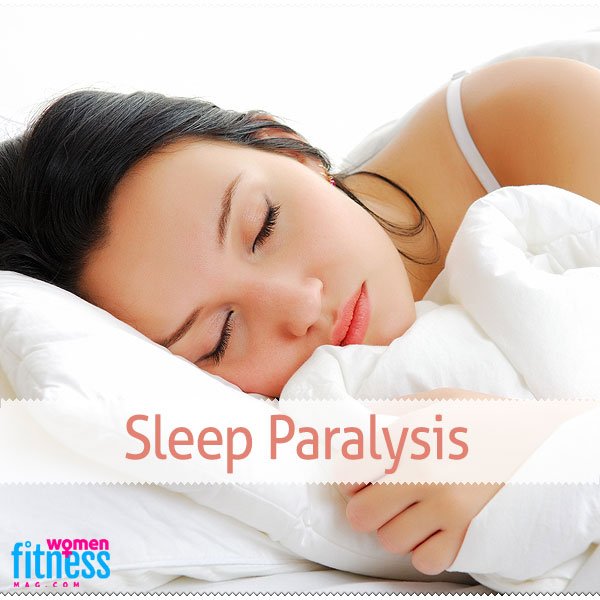You stumble into consciousness from a foggy dream, staring at the black of your eyelids– a sliver of light crawls through the legs of your lashes. Your eyes are glued to a squint and rattle with resistance as you strain to pry them open. You cannot move. Your chest is sinking under a thick pressure. You sense a malevolent shadow looming in your periphery, watching, approaching. You try to scream but barely a whimper escapes.
This is sleep paralysis. A phenomenon where a person awakens from sleep to find they are unable to move or speak. It often occurs during transitions from REM sleep, a paradoxical sleep stage where vivid dreams are coupled with complete muscle paralysis, to inhibit the body from acting out dreams. During sleep paralysis, the mind awakens from REM sleep before the body paralysis has subsided. This creates a terrifying experience: awakening in the darkness, helpless and paralyzed, and you cannot scream or fully open your eyes.
During sleep paralysis, the mind is still clouded from the sensory spill of the dream world, which may cause a person to perceive hallucinations. Sufferers describe certain peculiar yet consistent experiential qualities; the sense of a threatening presence, feelings of suffocation and pressure on the chest. Researchers call this experience “felt presence”, though cultures throughout history have identified their own culprits.
Commonly cited is “the Old Hag”, a figure from Newfoundland folklore of a wretched travelling spirit who sits on your chest while sleeping (Hufford, 1982); in the United States sleep paralysis has been linked to accounts of alien encounters (McNally & Clancy, 2005), whereas Chinese adolescents largely interpret their experience as ghost oppression (Ma, Wu, & Pi, 2014), and the Egyptian population identifies the “Jinn”, supernatural demons from Islamic mythology (Jalal, Simons-Rudolph, Jalal, & Hinton 2013). Thus, different cultures provide their own socially acceptable symbols to explain the experience.
The telltale symptoms, though, are ubiquitous—feeling held down, fearing a strange presence. How can our waking minds be so easily foiled into such hallucinations?
It’s possible that our sense of threat plays a role in converting the physical experience of sleep paralysis into the illusory narrative it often becomes (Cheyne & Girard, 2007). For example, breathing difficulty is a true physical element of sleep paralysis, due to the controlled respiration of REM sleep. However, with growing fear, shortness of breath may be transformed into a malevolent shadow figure sitting or pressing on the chest. In other words, fear creates the perception that some one or some thing is culpable.
Whereas normally we wake up and recognize a dream as just that, a dream, when these hallucinations seep into wakefulness our ability to contextualize the experience grows thin. A matter of seconds in sleep paralysis is enough for the fearful mind to spiral illusions of being strangled or possessed. But, it is your fear that is the true menacing presence here.
So, if you find yourself paralyzed in the gap between parallel realities, relax. Allow the tension to retreat back into your eyelids, allow your fear to subside. The illusions will soon fade, and before long (often within 60 seconds), you will awaken.




